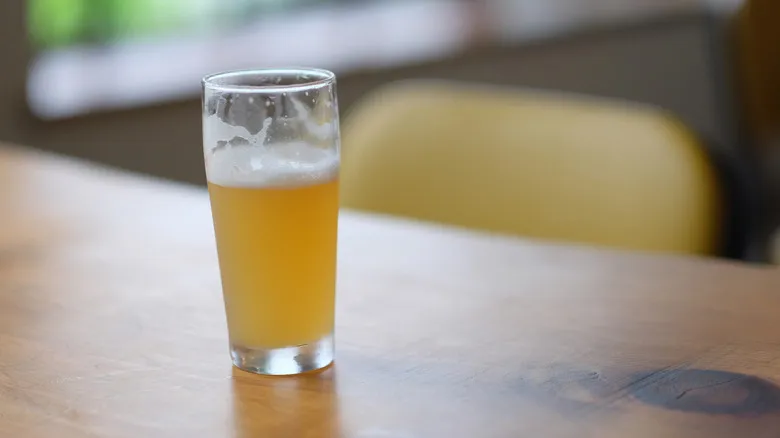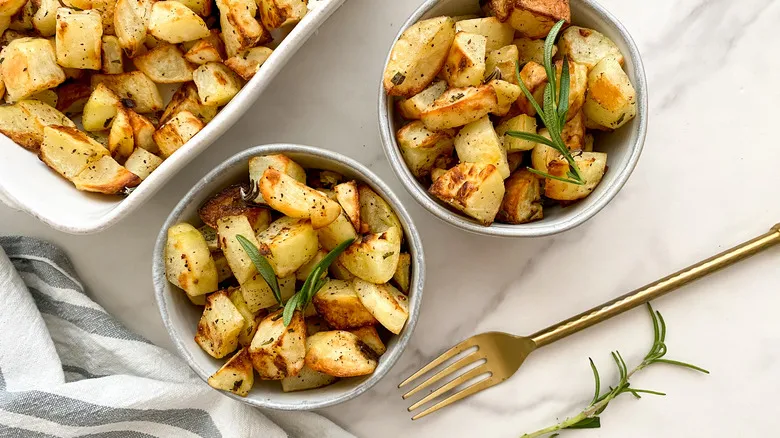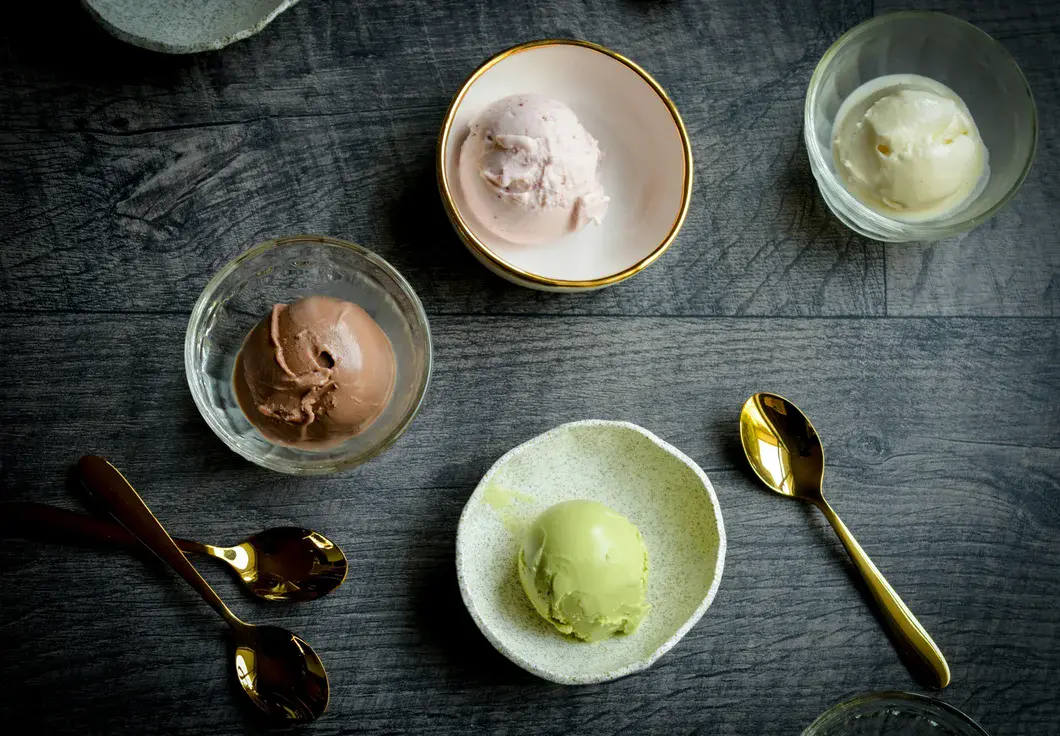Wet hopping employs freshly harvested hops
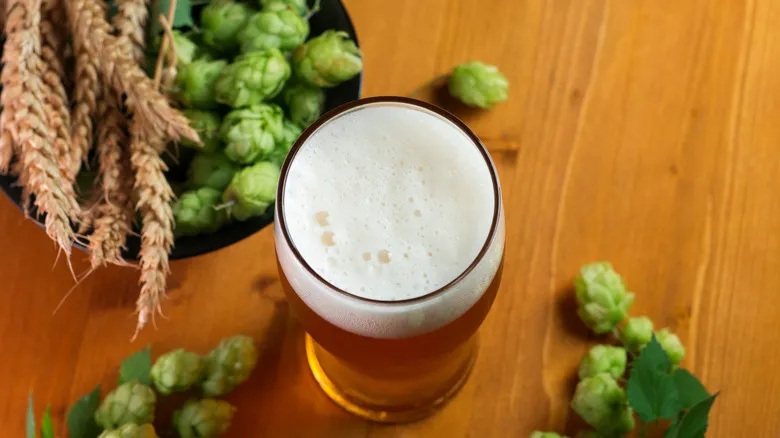
Wet hopping is a relatively rare technique due to the fragile nature of hops. These flowers have a very short shelf life, with mold and spoilage occurring just days after harvest. Consequently, only brewers located in hop-growing regions during the harvest season can utilize wet hopping. Typically, beer makers begin the wet hopping process on the same day the hops are harvested.
The flowers are picked from the vine once experts confirm that the plant is ready for brewing. Freshly harvested hops can contain up to 80% water, making them significantly less concentrated in flavor compared to the more commonly used dried hops. This means that a larger quantity of hops is needed for each brew. However, when used in appropriate amounts, fresh hops impart delightful vegetal, grassy, and vibrant flavors, supported by a complex profile.
While hops are primarily known for adding bitterness to beer, fresh hops reveal a different aspect of the plant. Beers made with the wet hopping method tend to have a more botanical taste, with an aromatic quality that reflects their source. Although wet hopping is not exclusive to IPAs, it certainly adds a distinctive character to this style. Hops are cultivated in specific regions with unique varieties, and the Pacific Northwest is particularly renowned for its hop production. While some brewers may expedite shipments from this area, wet hopping generally promotes a more localized and uniquely flavored approach to IPA brewing.
Dried hops are added later into the brewing process with dry hopping
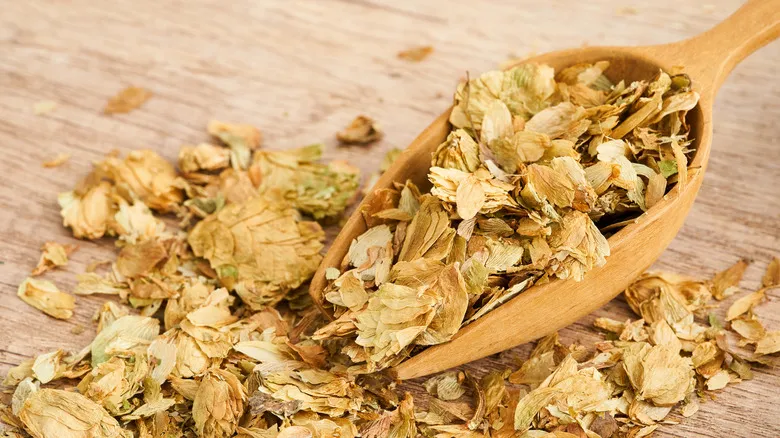
True to its name, dry hopping involves the use of dehydrated hops in the brewing of IPAs. The stability of dried hops makes them a popular choice in the industry. After the harvest, the hop flowers are dried and packaged, enabling brewers to utilize them for several years. Dry hopping not only refers to the use of these hops but also indicates that they are added later in the brewing process. Dried hops primarily enhance flavor without adding bitterness and also provide preservative benefits.
Dry hopping can take place during the fermentation or conditioning phases, although it is not a mandatory step in IPA production. Nevertheless, this technique yields particularly aromatic results. When hops are added during fermentation, they interact with the yeast, promoting specific flavor compounds. More frequently, dried hops—often in the form of concentrated pellets—are introduced to the beer after it has cooled. There are various dry hopping methods, each designed to impart unique flavors to the beer.
The process introduces a diverse array of flavors to IPAs, influenced by both the hop variety and the duration of dry hopping. A short dry hopping period can impart a juicy, fruity character to the beer, while adding hops at the end of the brewing process can bring out piney notes. Prolonged dry hopping tends to soften the hop flavor, yet it remains prominent. This variability allows brewers to experiment extensively with IPAs, further unlocking the aromatic potential of hops.
Recommended
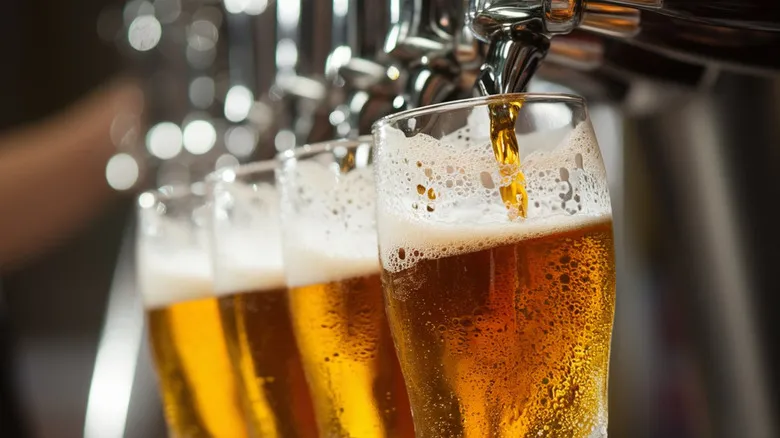
What's The Most Popular Beer In America?
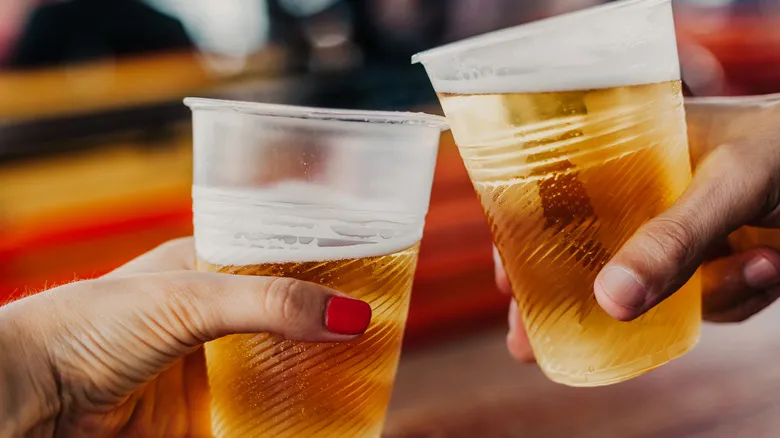
Some Of The Most Popular Beers In The US Are Made In A Different Country

The Etiquette To Remember When You Have To Send Wine Back At A Restaurant

What Is Champagne Actually Made Of?
Next up

